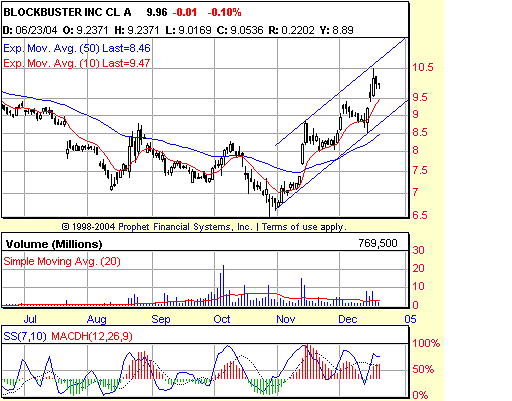Premier Stochastic Oscillator Explained
Post on: 14 Июль, 2015 No Comment

Figure 1: This chart shows both the premier stochastic oscillator and a standard stochastic oscillator applied to the e-mini Russell 2000 futures contract.
History of the PSO
The PSO was first introduced by technical analyst Lee Leibfarth in the August 2008 issue of the Technical Analysis of Stocks & Commodities. Stochastic oscillators have long been used to help traders and investors identify areas where trend changes are likely. Leibfarth developed the PSO to take advantage of a standard stochastic oscillator’s strengths, while enhancing it to become more reactive to market activity. The result is a faster indicator that provides earlier signals for potential trend changes. (To get a better understanding of the traditional stochastic oscillator, check out Exploring Oscillators and Indicators: Stochastic Oscillator .)
Calculating the PSO
Before looking into the calculations of the PSO, it is helpful to understand the logic behind a standard stochastic oscillator. The classic stochastic oscillator measures price momentum by comparing a trading instrument’s current price to a price range specified in a lookback period (the number of periods from which price data are collected). For example, if the range is between $60-70 and the current price is $67.50, then the price is at 75% of the range.
The goal of a stochastic oscillator is to figure out where price has been, and anticipate where price is headed. This is achieved by determining if price bars are closing close to their highs or lows. When prices are closing nearer to bar highs, it is indicative of an uptrending market. Conversely, when prices are closing nearer to bar lows, it signifies a down-trending market. The basic calculation for the main value of a standard stochastic oscillator (%K) is:
%K = 100 X [(C – Ln ) / (Hn – Ln )]
Where
- C = the most recent closing price
- n = the lookback period
- Ln = the low of the n previous price bars
- Hn = the highest price during the same n period
The premier stochastic oscillator normalizes the standard stochastic oscillator by applying a five-period double exponential smoothing average of the %K value, resulting in a symmetric scale of 1 to -1. The PSO calculation, then, is:
PSO = (exponential value (S) – 1) / (exponential value (S) + 1)
Where
- S = 5-period double smoothed exponential EMA ((%K – 50) * .1)
- %K = 8-period stochastic oscillator
(Note: The TradeStation EasyLanguage code for the premier stochastic oscillator is available at www.PowerZoneTrading.com .)
Interpreting the PSO
The PSO appears as a curving line with four horizontal lines that represent threshold levels. These threshold levels are customizable; that is, the levels can be changed by the user to adapt to individual trading styles and instruments. Figure 2 shows the PSO, appearing on a sub-chart below the price chart, with the four different threshold levels.
The threshold levels are important to the indicator because they can be used to identify areas where market reversals are expected to occur. As the curved line meanders up and down, it crosses above and below the threshold levels. The outer thresholds, at the very top and very bottom, represent the extremes, or areas that are overbought (the top line) or oversold (the bottom line). When the PSO moves above the upper or below the lower, price will be expected to pullback.














